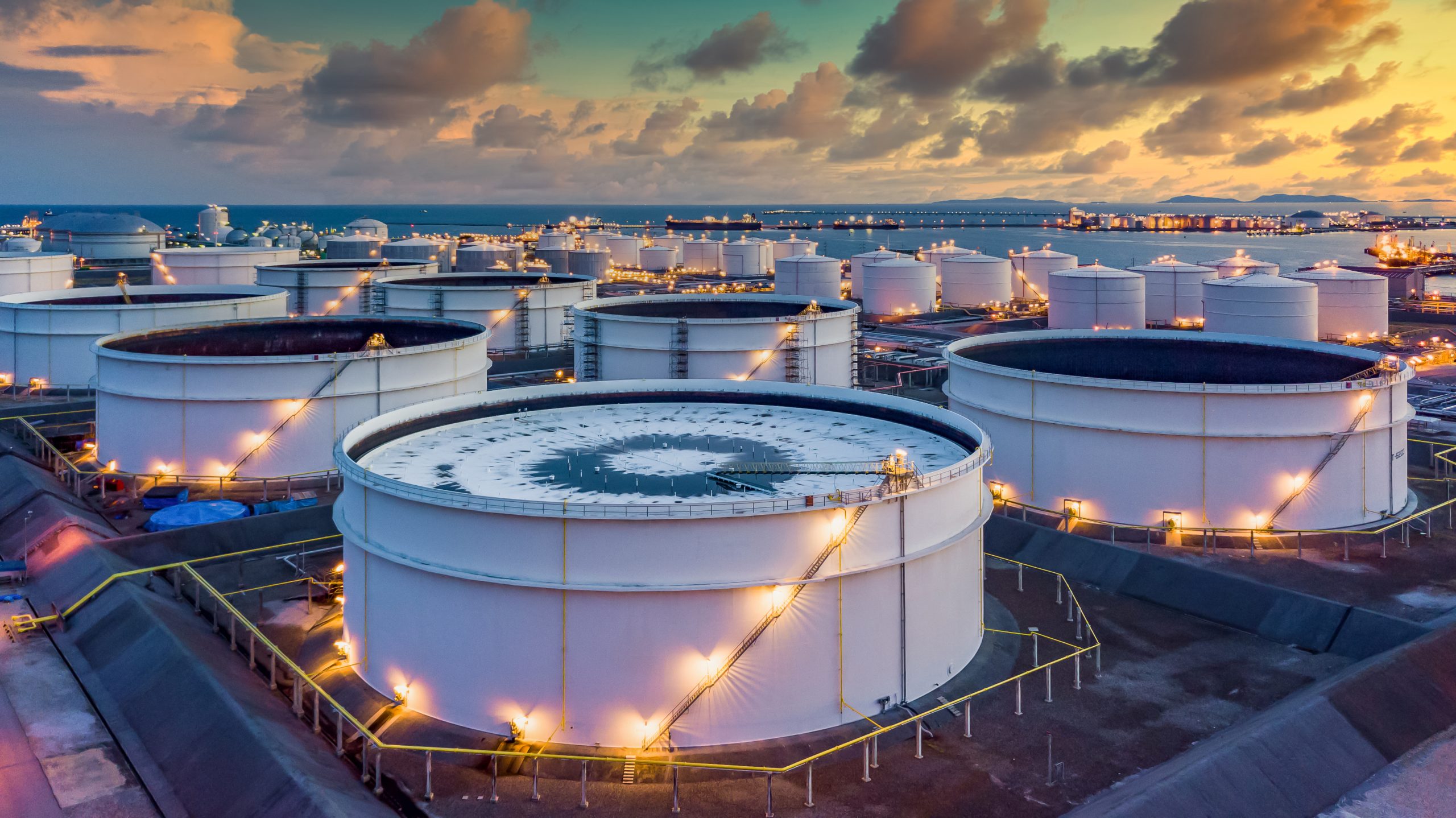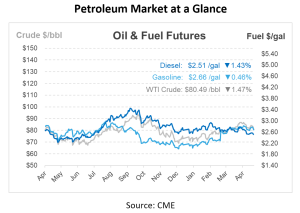
What’s That: Petrochemicals
The world of petrochemicals is vast and varied, creating products that define contemporary living – from adhesives to automotive parts, weather-resistant clothing to wind turbines, and pharmaceuticals to the computer and phone you are reading this article on. Understanding the role of petrochemical refineries, particularly how they differ from crude oil refineries and where they are located, helps us appreciate the complex chemistry and logistics involved in producing the many conveniences of contemporary life.
What are petrochemicals?
Petrochemicals are chemicals derived from petroleum and other hydrocarbons, which are processed in chemical plants and refineries. While they might not be a common topic of conversation, petrochemicals are a crucial component of many products we use daily.
Lifecycle of Petrochemicals
The lifecycle of petrochemicals involves several stages, beginning with the extraction of crude oil and natural gas, the primary raw materials for petrochemicals. These hydrocarbons are extracted from the earth through drilling and are then transported to refineries. At the refinery, these raw materials undergo a process called “cracking,” where large hydrocarbon molecules are broken down into smaller, more useful ones at high temperatures. This can be achieved through various methods such as steam cracking, catalytic cracking, or hydrocracking. The output includes a variety of petrochemical feedstocks like ethylene, propylene, butadiene, and aromatics.
The next phase involves converting these feedstocks into more complex chemicals and polymers through polymerization and chemical synthesis reactions. For instance, ethylene can be polymerized to produce polyethylene, which is used in plastic bags and film production. These chemicals are the building blocks for countless products across different industries. These petrochemical derivatives are then utilized to manufacture a wide range of products, including plastics, synthetic rubber, detergents, fertilizers, medicines, and more. This stage involves numerous industries and is where petrochemicals integrate into everyday life, contributing to various sectors like agriculture, healthcare, electronics, and textiles.
Once manufactured into products, these are distributed and used by consumers and industries. The durability and utility of petrochemical-based products mean they can be in use for anything from a few days (e.g., packaging) to several decades (e.g., construction materials). The final stage of the lifecycle is the disposal or recycling of petrochemical products. While some products can be recycled, like certain plastics, others end up in landfills or are incinerated. The environmental impact of disposal is significant and is a critical area of concern due to issues like plastic pollution and chemical leaching.
Where Are Petrochemical Refineries Located in the US?
In the United States, petrochemical refineries are predominantly located along the Gulf Coast, particularly in Texas and Louisiana. This region is favored due to its proximity to significant oil and natural gas supplies, as well as convenient shipping routes. Other major petrochemical hubs can be found in areas like the Ohio River Valley and parts of the Midwest, where there is access to the necessary raw materials and infrastructure.
Petrochemicals vs. Crude Oil Refineries
While they may seem similar, petrochemical refineries differ from crude oil refineries in several ways, including:
Product Focus: Crude oil refineries primarily produce fuels like gasoline, diesel, and jet fuel. Petrochemical refineries, on the other hand, focus on creating petrochemicals that are used as raw materials for a variety of chemical products.
Process Complexity: Petrochemical processing is generally more complex and involves breaking down the chemical components of hydrocarbons more extensively than in the refining of crude oil.
End Products: The outputs of petrochemical plants are often gases, fibers, plastics, and rubber, used in industries ranging from agriculture to healthcare and electronics.
Applications of Petrochemicals in the Energy Sector
Petrochemicals fulfill several roles in the energy sector, including the manufacturing of plastics and resins, which are integral to producing items like piping, insulation, tools, and machine parts. They are also crucial in the production of detergents and solvents, which help maintain the cleanliness and efficiency of equipment. Additionally, petrochemicals are used to create synthetic rubber, a key material in the manufacture of seals, gaskets, and hoses that ensure operational integrity. They also contribute to the production of fertilizers and pesticides, supporting the exploration activities of the oil and gas resources.

This article is part of Daily Market News & Insights
MARKET CONDITION REPORT - DISCLAIMER
The information contained herein is derived from sources believed to be reliable; however, this information is not guaranteed as to its accuracy or completeness. Furthermore, no responsibility is assumed for use of this material and no express or implied warranties or guarantees are made. This material and any view or comment expressed herein are provided for informational purposes only and should not be construed in any way as an inducement or recommendation to buy or sell products, commodity futures or options contracts.





